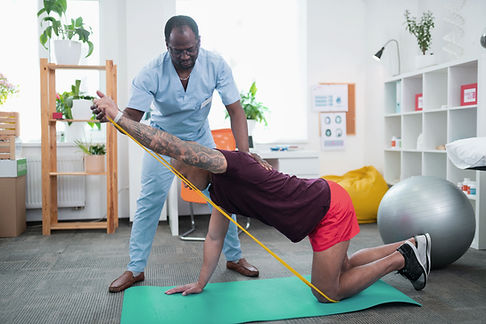The Effects of Exercising
Providing Everything You Need

Resistance Training
This type of training will help to improve muscle strength, flexibility, and balance
High vs Low Intensity
High intensity training, also referred to as HIIT, helps burn calories quicker and help with rapid fat loss. It also decreases heart rate, blood pressure, and blood sugar.
Low intensity training helps with weight loss, as well as improved cardio-respiratory fitness, over a period of time. It also reduces fatigue, pain, and risk of falls and injuries.



Quantity & Quality
Both quantity and quality are equally important.
Movement quantity is referring to the workout aspect, which includes elevation of heart rate, adding weight, burning calories, reps, and sets.
Movement quality is the improvement of technique and control of basic exercises. It is what you put into it that counts towards your fitness goal.


